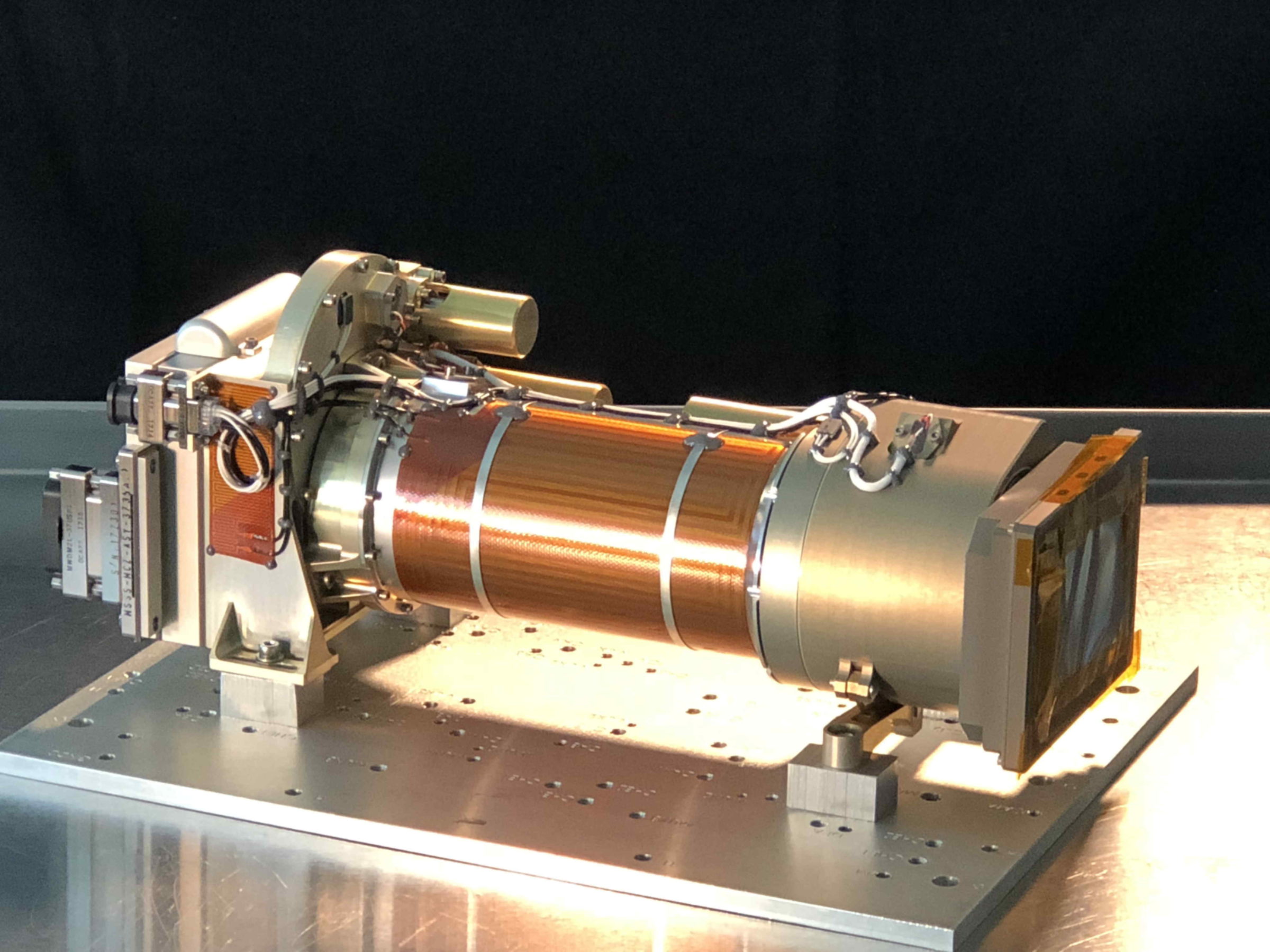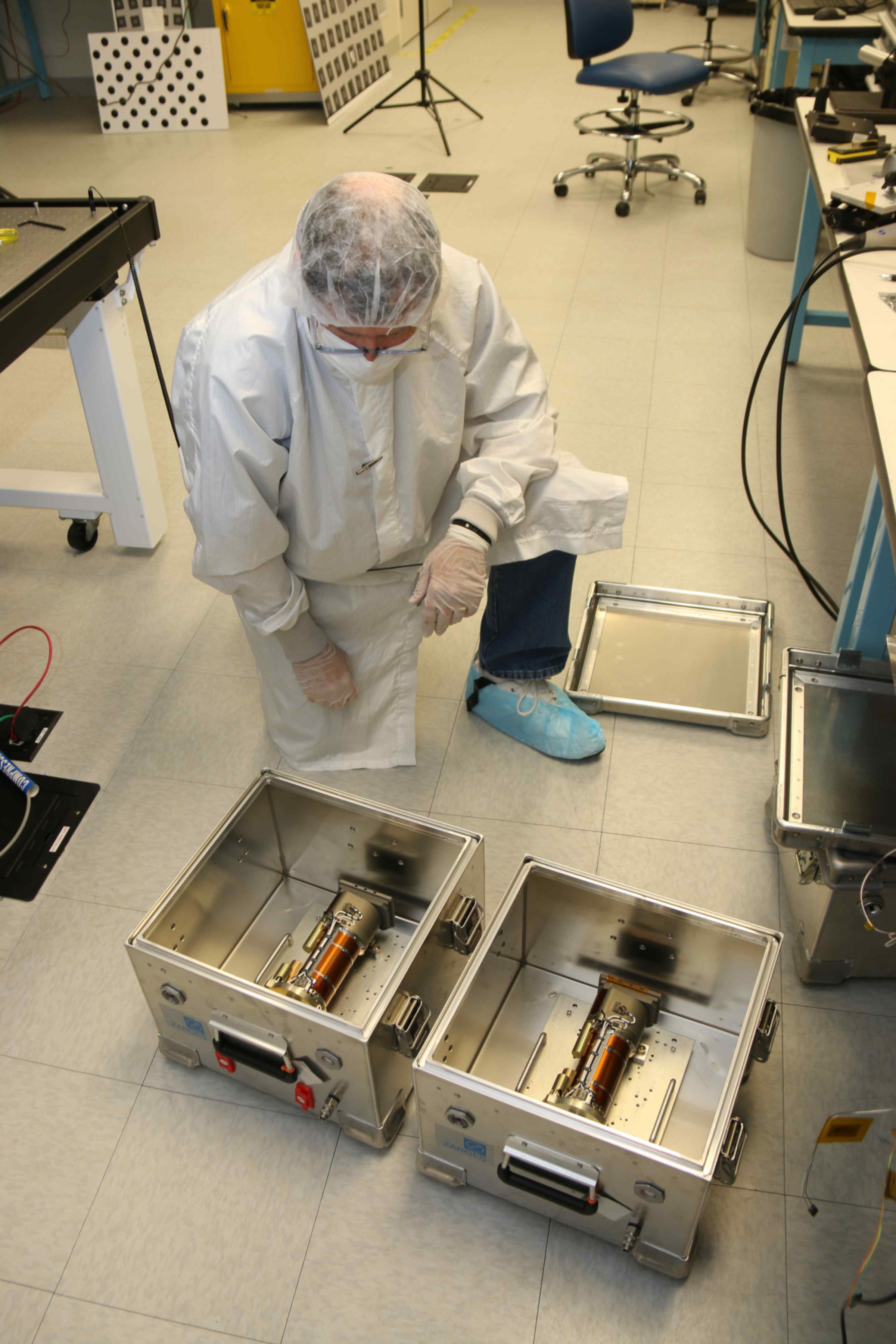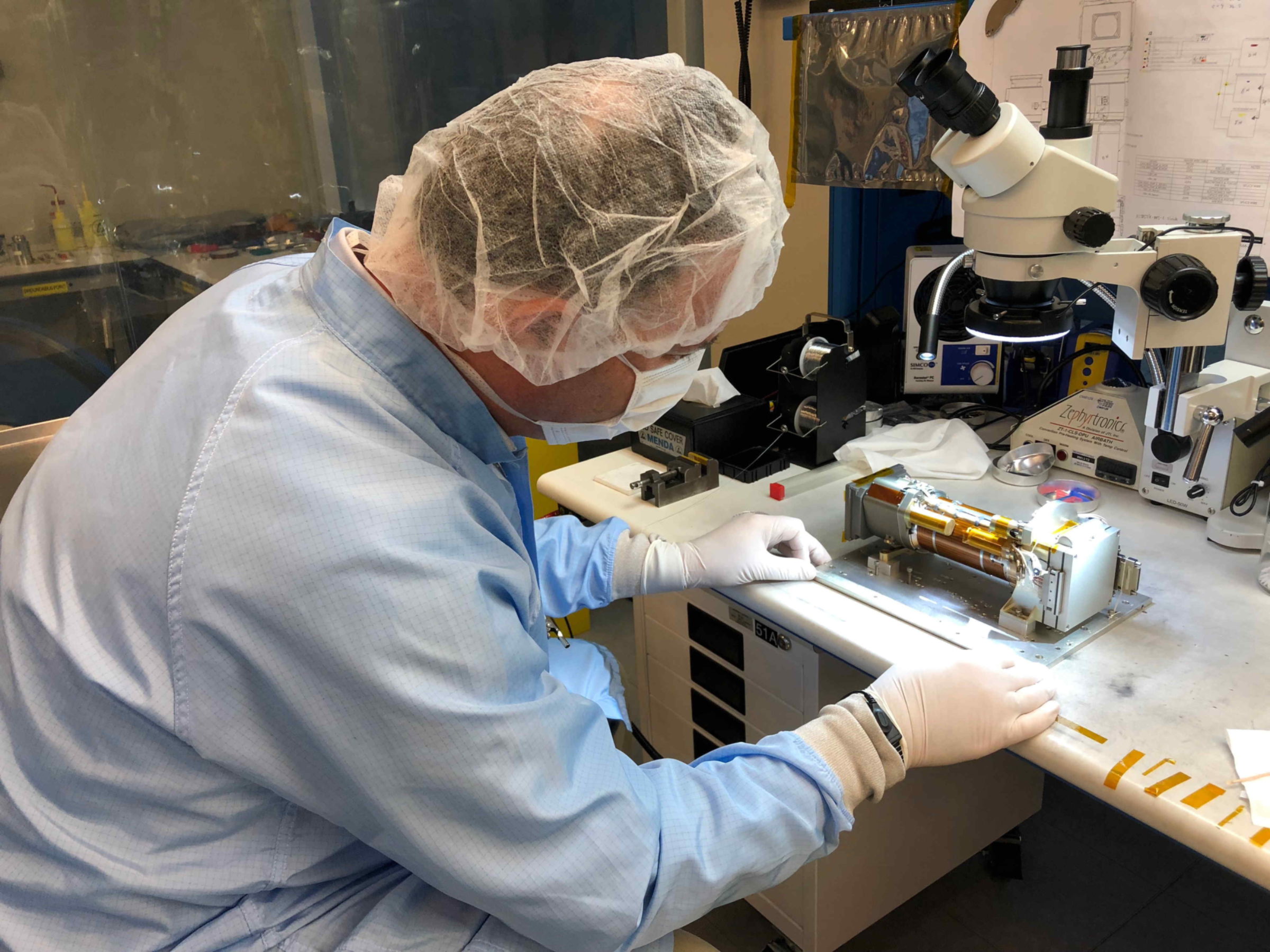Jim Bell • Dec 12, 2018
Mastcam-Z Flight Hardware!
After a more-than-four-year adventure spanning endless reviews, PowerPoint slides, CAD models, and engineering models, I'm super excited to report that the flight versions of the Mars 2020 rover Mastcam-Z left and right cameras, as well as their electronics assembly that will go inside the rover, have been fully assembled! Their first test images look great, and every reasonable indication so far is that the careful planning of the design and fabrication of the hardware has resulted in cameras that will meet our science and mission requirements! Woo-hoo!

These are magic words in our business: FLIGHT HARDWARE. If all goes well, these beautiful little devices (each about the size of a typical tennis ball can), painstakingly designed and built by engineering colleagues across the country, will soon be sitting on the SURFACE OF MARS and taking AMAZING COLOR STEREO PHOTOS of the stunning delta and environs inside Jezero crater.
So many people and organizations have contributed to these cameras coming to life! While we provide high-level science guidance and management/budget oversight at Arizona State University and will calibrate the cameras on campus soon, most of the actual fabrication work on the cameras and electronics was done by the team at Malin Space Science Systems, Inc., in San Diego, with enormous assistance from other organizations working with them, including Motiv Space Systems, Inc., Ghaemi Optical Engineering, Synopsys Optical Solutions Group, Materion Precision Optics, and a host of others.

The Mastcam-Z international science and operations team, as well, has played important roles in helping to define the requirements for the cameras, critique the design approach, and help to perform some of the initial component and engineering model tests that validated the flight design. The team will also play an active role in the calibration of the cameras over the next month or two, and in the rapid assessment of the calibration data in order to verify that the cameras will perform as expected in the harsh Martian environment and over the duration of the nominal mission (and, hopefully, beyond!).
What a thrill to work with such a great team, and to finally get to see the fruits of our collective labor emerge as an actual camera... FLIGHT HARDWARE. Magic.
Next stop, delivery of the cameras first to ASU and then to JPL for calibration and final environmental testing for integration on the Mars 2020 rover, this winter and spring! Stay tuned!!!

Support our core enterprises
Your support powers our mission to explore worlds, find life, and defend Earth. You make all the difference when you make a gift. Give today!
Donate

 Explore Worlds
Explore Worlds Find Life
Find Life Defend Earth
Defend Earth

